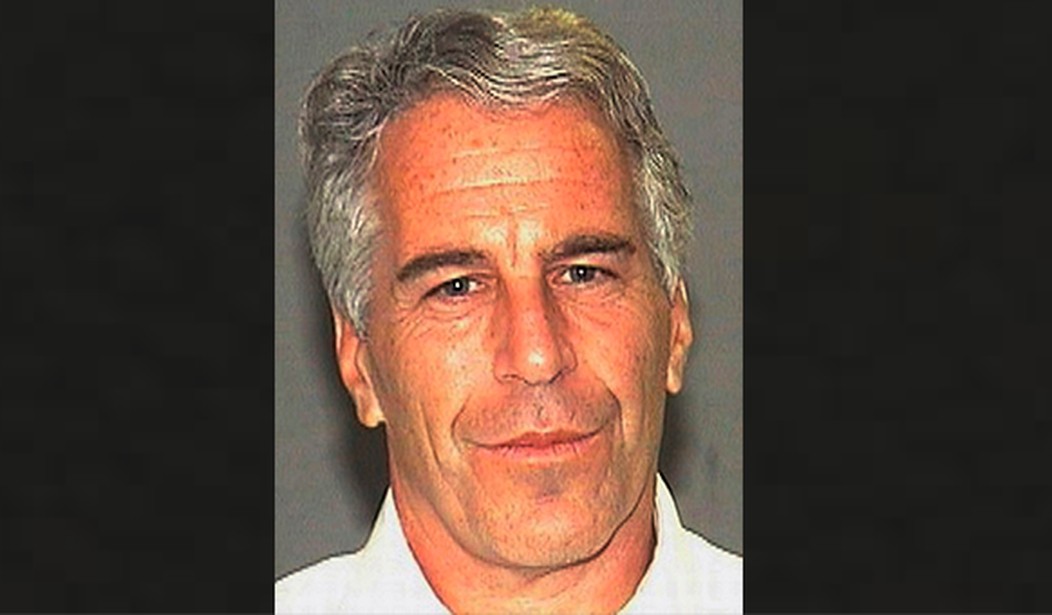The autopsy on convicted sex offender Jeffrey Epstein found that the financier had several broken bones in his neck, the Washington Post reported Thursday.
And while one of the bones that broke can be consistent with a hanging in an older person, the experts WaPo spoke to said it’s more likely in cases of strangulation.
Among the bones broken in Epstein’s neck was the hyoid bone, which in men is near the Adam’s apple. Such breaks can occur in those who hang themselves, particularly if they are older, according to forensics experts and studies on the subject. But they are more common in victims of homicide by strangulation, the experts said. […]
Jonathan L. Arden, president of the National Association of Medical Examiners, said a hyoid can be broken in many circumstances but is more commonly associated with homicidal strangulation than suicidal hanging.
Arden, who was not involved in the Epstein autopsy, said that in general, a finding of a broken hyoid requires pathologists to conduct more extensive investigation. That investigation can include analysis of the location of the noose, how narrow the noose is, and if the body experienced any substantial drop in the course of the hanging.
The age of the deceased is also important, Arden said. The hyoid starts out as three small bones with joint-like connections but hardens during middle age into a U-shape that can break more easily.
“If, hypothetically, the hyoid bone is broken, that would generally raise questions about strangulation, but it is not definitive and does not exclude suicidal hanging,” he said. (WaPo)
Epstein was found dead Saturday morning by apparent suicide in his Metropolitan Correctional Center jail cell in Manhattan.
WaPo spoke with Barbara Sampson, the city’s chief medical examiner, who conducted an autopsy over the weekend and listed the death as pending. She cautioned against taking one piece from the finding to determine what happened.
Recommended
“In all forensic investigations, all information must be synthesized to determine the cause and manner of death. Everything must be consistent; no single finding can be evaluated in a vacuum,” she told the paper when asked about the neck injuries.
Revelations from the autopsy come after reports that Epstein had been left for “several” hours without being checked on, and suspicions that guards falsified logs that recorded checks.
Attorney General William Barr vowed to get to the bottom of what happened.
“I was appalled — indeed, the entire department was — and, frankly, angry to learn of the MCC’s failure to adequately secure this prisoner," he said Monday. "We are now learning of serious irregularities at this facility that are deeply concerning and that demand a thorough investigation."
He continued: “We will get to the bottom of what happened at the MCC and we will hold people accountable for this failure.”
























Join the conversation as a VIP Member